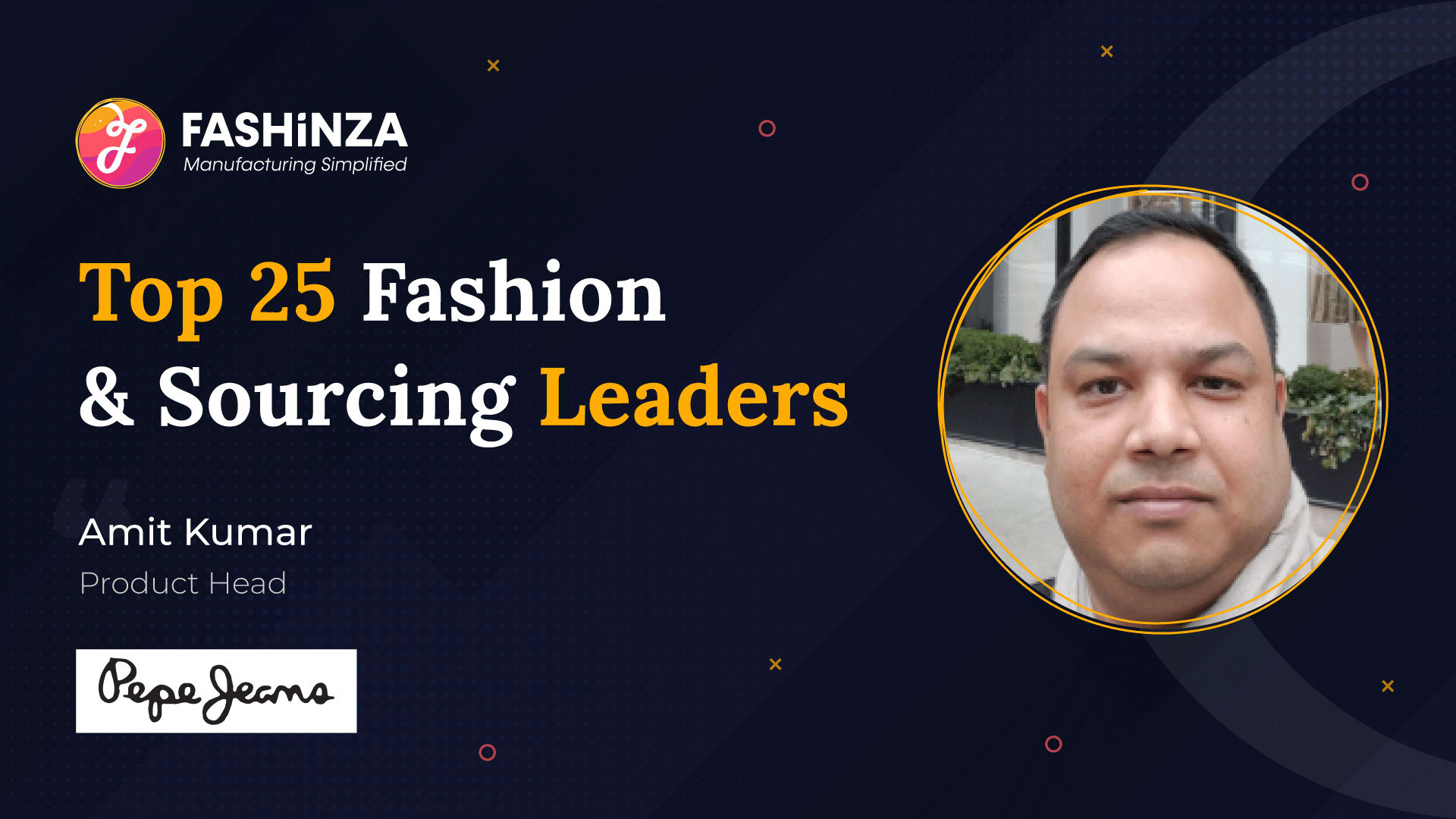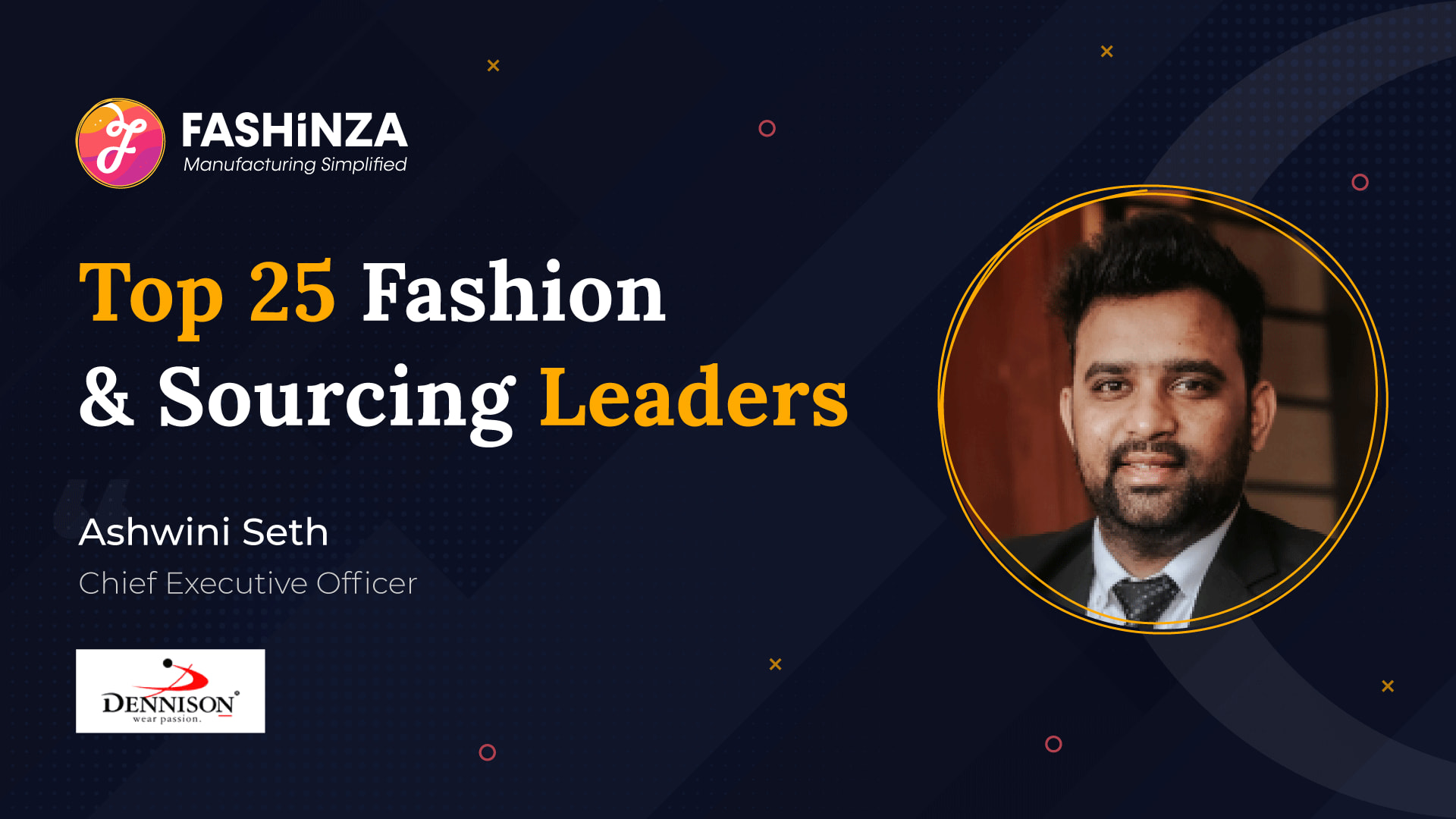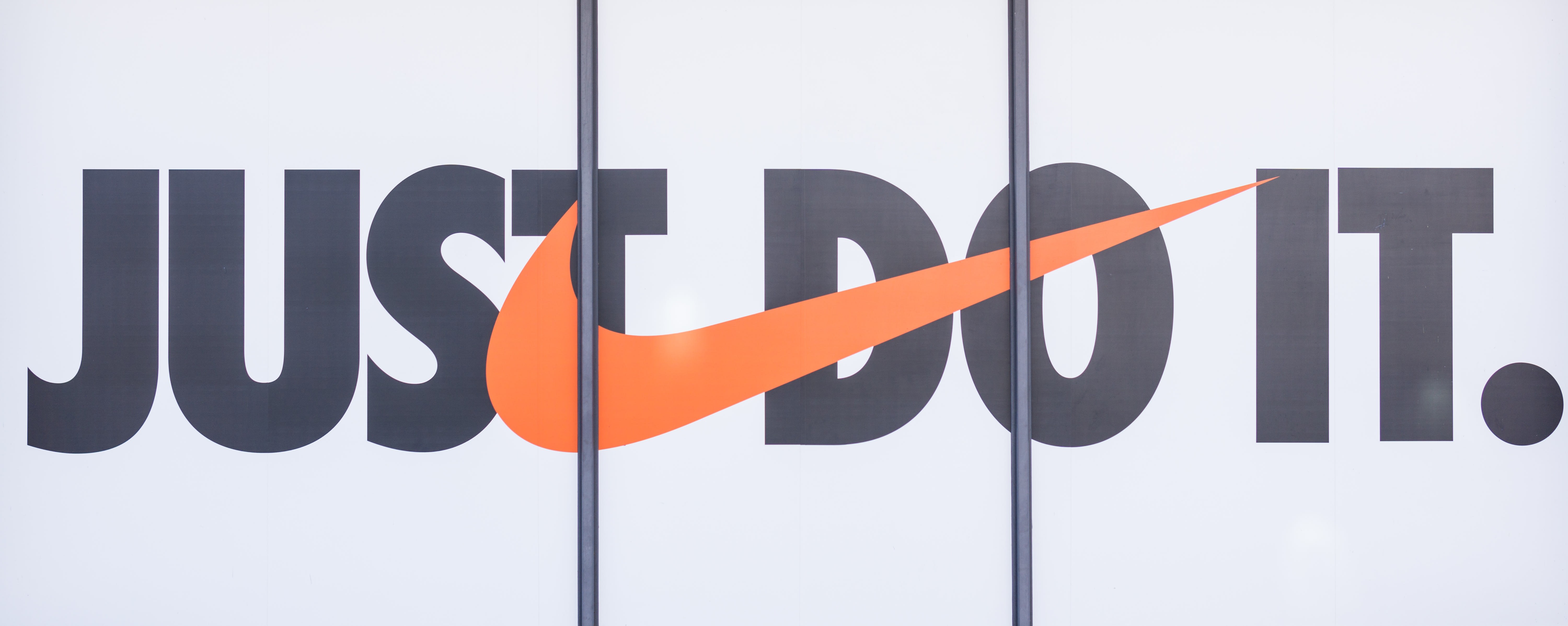Sustainable Development Goals

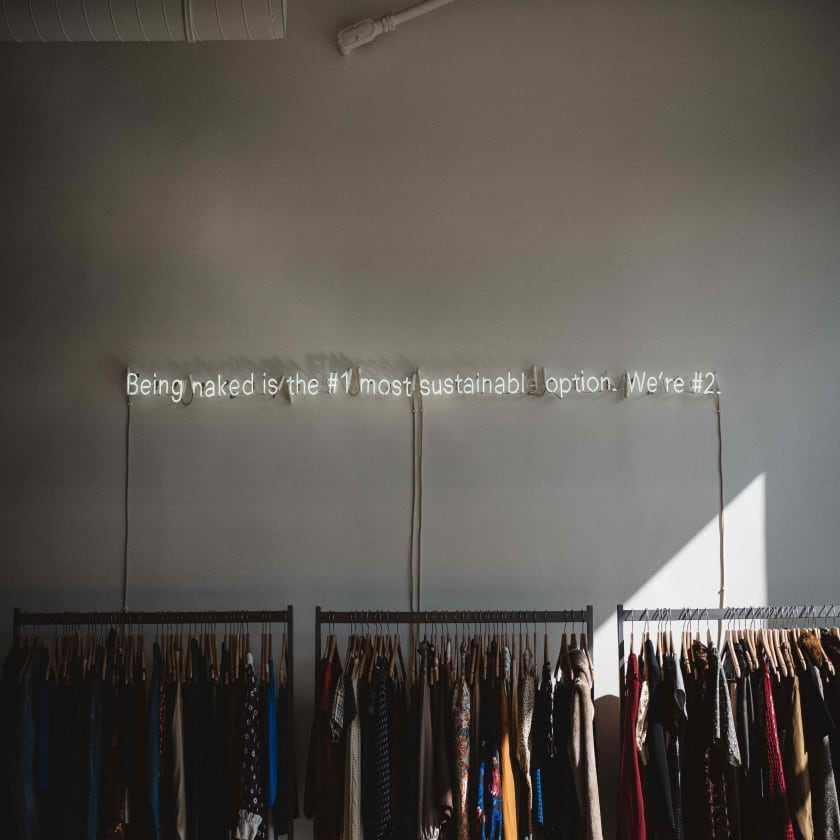

Summary: The fashion industry is among the other top polluting industries worldwide. Hence, implementing sustainable goals in the fashion industry is a crucial step. Multiple brands are taking inspiration from the recent sustainable development goals (SDGs) set by the UN to address humanity's most pressing issues.
The SDGs will help reduce waste, protect the environment and animals, create jobs, and more. Promoting sustainable behavioral practices among consumers to buy consciously also helps reduce fast fashion.
By keeping sustainable practices in place, many manufacturers have started using less water and fewer resources and considering how to reduce waste and greenhouse gas emissions. Let's understand the top sustainable development goals for the fashion industry in 2022.
Top Sustainable Development Goals in 2022
The sustainable development goals by the UN include reducing carbon emissions by 80% and reducing water pollution by half by 2030. Fashion industries are shifting to sustainable growth by increasing access to affordable clothing, ensuring gender equality in the design of clothes, ending child labor, and protecting biodiversity worldwide.
Keep reading to find out more about sustainability goals catering to the fashion industry.
GOAL 1: No Poverty
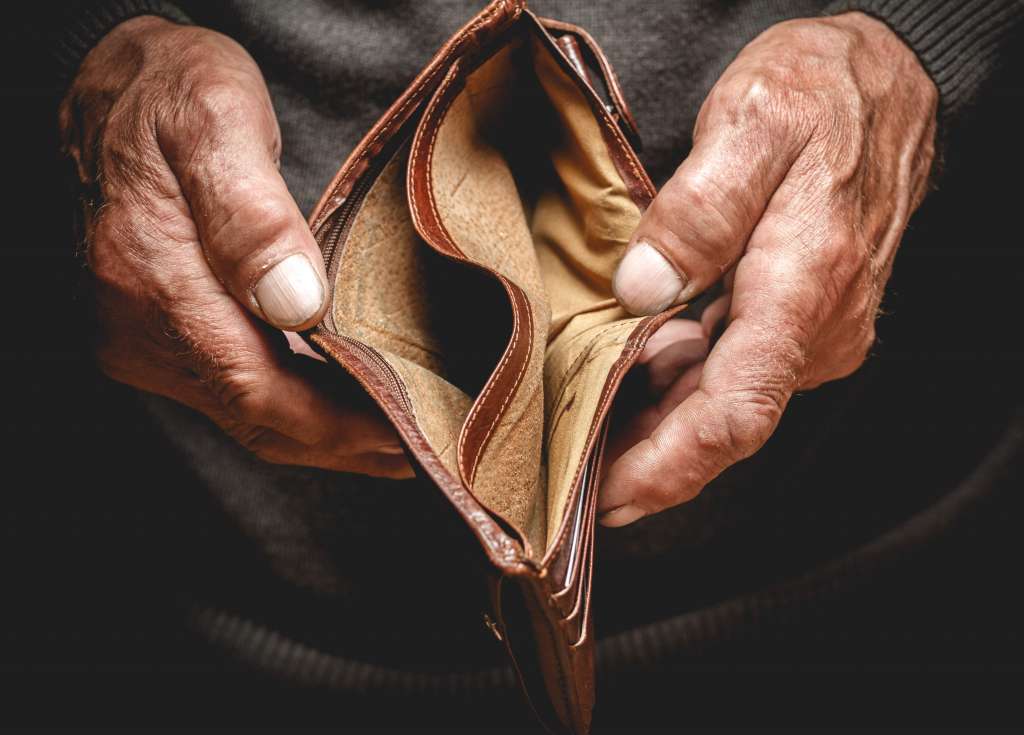
The "No Poverty" goal is intended to end poverty in all its forms. The global fashion industry is responsible for an estimated $1 trillion in annual sales and employs nearly 8 million people worldwide. With the growing fashion industries, the employment of workers is also increasing in developing countries. Several employment initiatives are taken to promote sustainable economic growth and decent work opportunities for lower-class people.
GOAL 5: Gender Equality
Gender equality affects every part of the fashion industry. Women and men should be treated equally from the supply chain to manufacturing. Alsama studios, located in the middle east, are the biggest livelihood provider for refugee women and teenagers.
Discriminating against gender identity is considered a legal crime in any industry. That's why fashion brands acknowledge both females and males working in the workplace. Earth Heir is a Malaysian brand that works with localities and refugee women to carry out their business, giving their workers a good means of livelihood.
GOAL 7: Affordable and Clean Energy
Fashion industries rely heavily on fossil fuels. But today, this is not the case. With several renewable sources coming into the picture, the fashion industry has access to affordable, reliable, sustainable ways.
Clean energy usage plays a huge role in climate change. Hence it's recommended to use cleaner energy sources, like solar power, in all stages of clothing production, including materials and processes.
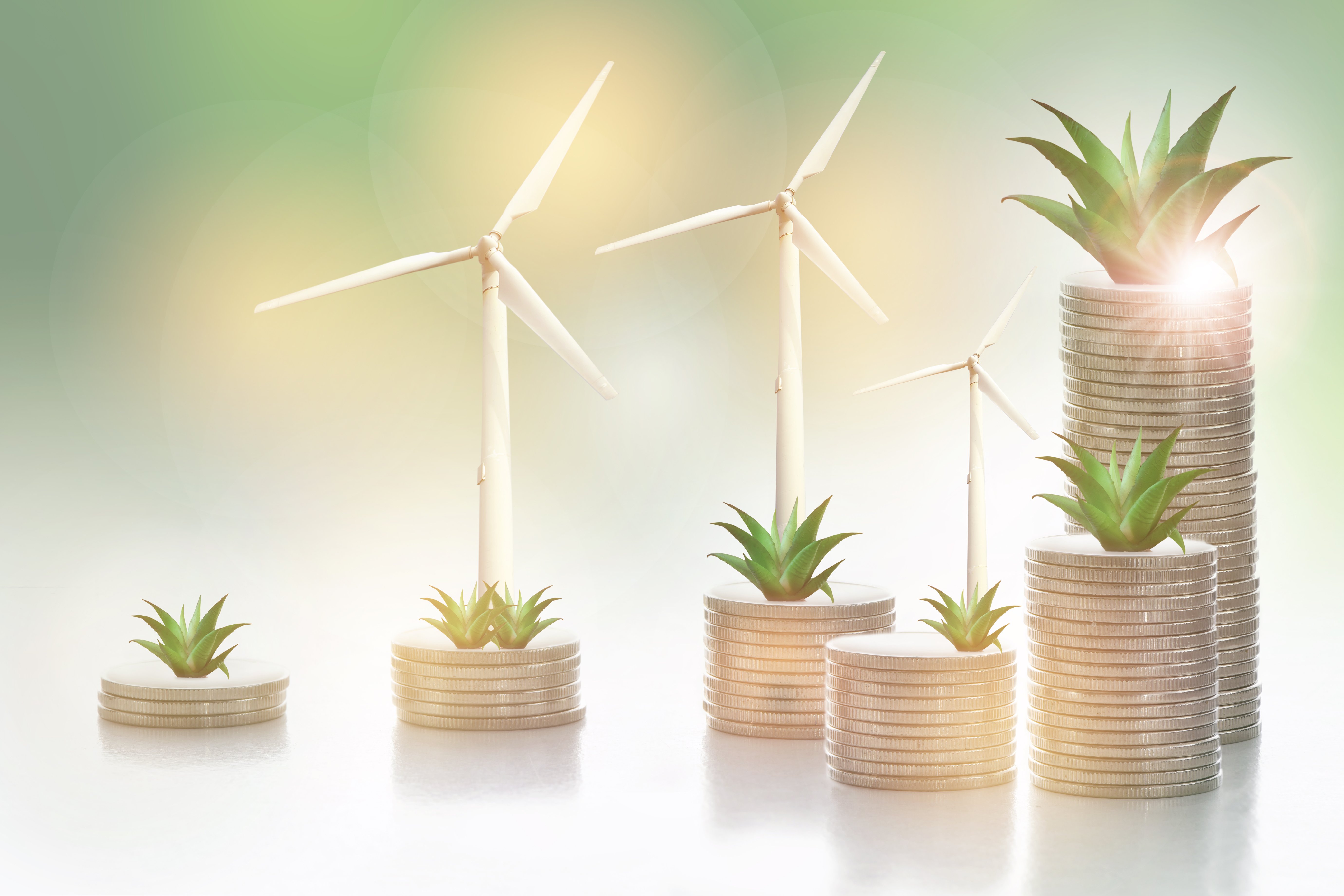
GOAL 11: Sustainable Cities and Communities
Building suitable cities and ecovillages are today's leading concepts in the fashion industry. These cities and villages foster the growth of fabrics like cotton through nature-nurturing permaculture. The communities prefer circular fashion and use renewable resources to make the spaces more eco-friendly. It ultimately reduces the risks and impacts of climate change on people and ecosystems.
GOAL 12: Responsible Consumption and Production
With each day, consumer demands are increasing. Meeting this demand dictates an increase in output. This further increases the already excess water consumption and negatively impacts the environment. Keeping that in mind, conscious shopping and circular fashion is highly crucial. It has caused high-volume manufacturers to change ways, like reducing water consumption in production.
Recycling plays an important role in responsible consumption. With 98 million tonnes of waste generated in the fashion industry, only 12% is recycled. Luxury companies like Manteco and Samsoe Samsoe transform scrap dumps and unwanted fabrics into resale items, thereby fostering circular fashion.
GOAL 14: Life Below Water
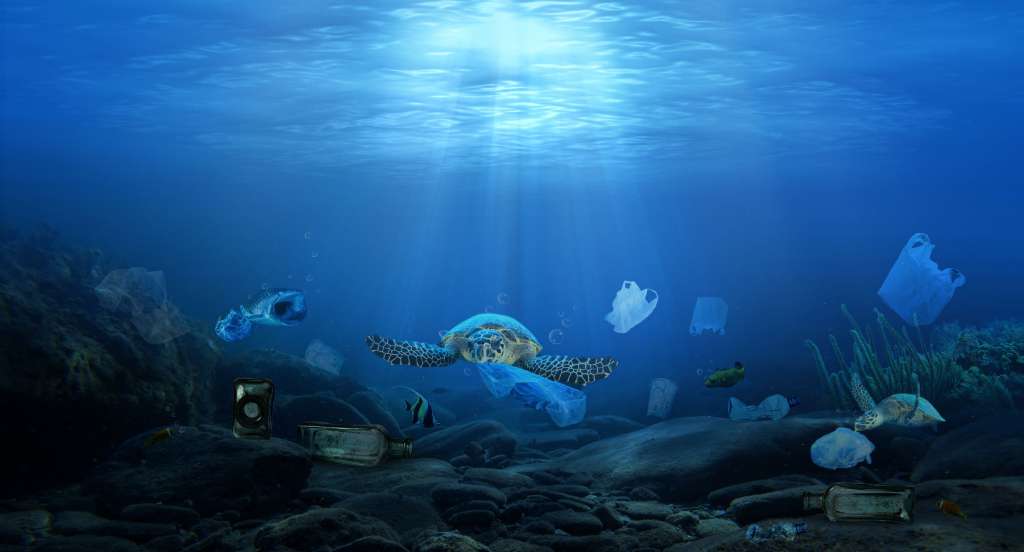
Sustainable development cannot be achieved until the seas and oceans are not conserved. The activists strongly condemned sea leatherwear from stingrays, sharks, crocodiles, and other sea animals. One German startup, LOVR, has developed a plastic-free alternative to animal skin. However, in one case, a Florida-based start-up produces exotic leather from predatory lionfish. But it's meant to improve the coral reefs' health and environment.
Huge textile manufacturers dump fabric wastes, plastics, and toxic chemicals from the supply chain into water bodies. This has opened doors for a host of environmental problems. Hence, it's important to conserve oceans, seas, and marine resources for sustainable development.
GOAL 15: Life on Land
In addition to reducing their carbon footprint, fashion companies are also getting creative with using less-polluting materials and processes. One example is organic cotton, which has become a popular choice for textiles because it doesn't require any pesticides or fertilizers during production or after it's sold to customers.
Sustainable is in vogue
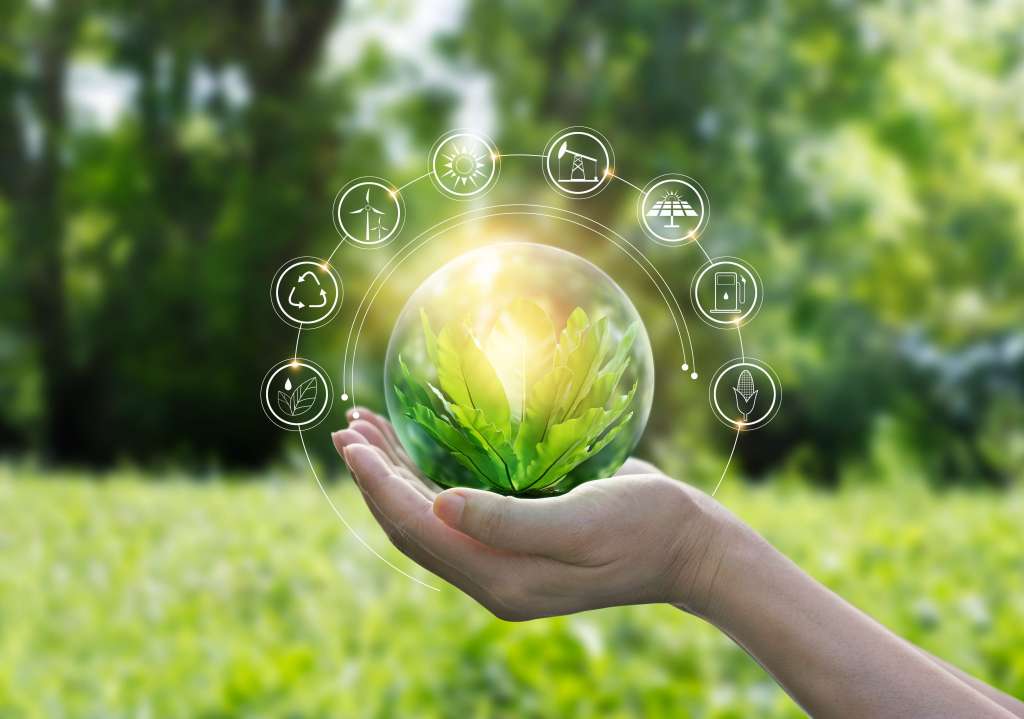
The fashion industry has been one of the fastest-growing industries in the world. To continue growing and expanding, it will need to use sustainable practices that can help it meet its goals without jeopardizing its bottom line.
Key-Takeaways
- The fashion industry needs to play its part in reducing carbon emissions and water pollution to meet the SDGs by 2030.
- The industry is a major contributor to the world economy. Its contribution to the world's sustainable development goals is, therefore, significant.
At Fashinza, we highly believe sustainability is important to make any brand a success. We help brands achieve ultimate success through our expert consultancy services. We'll stick with you all along the way, from concept creation to sustainable fashion production!
Give us a call at Fashinza for more information.















